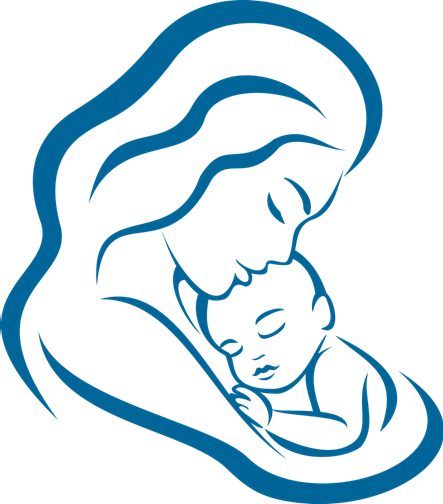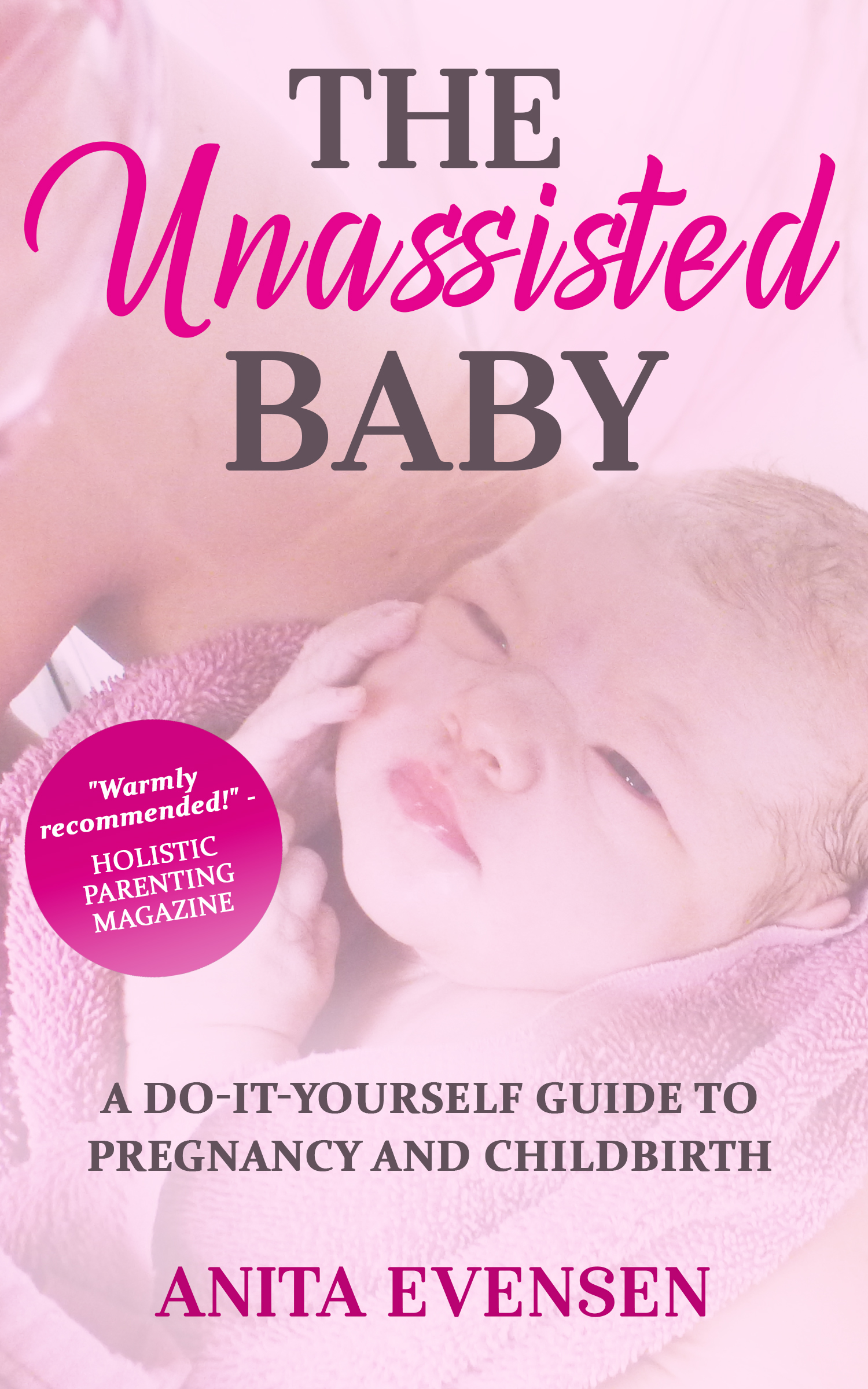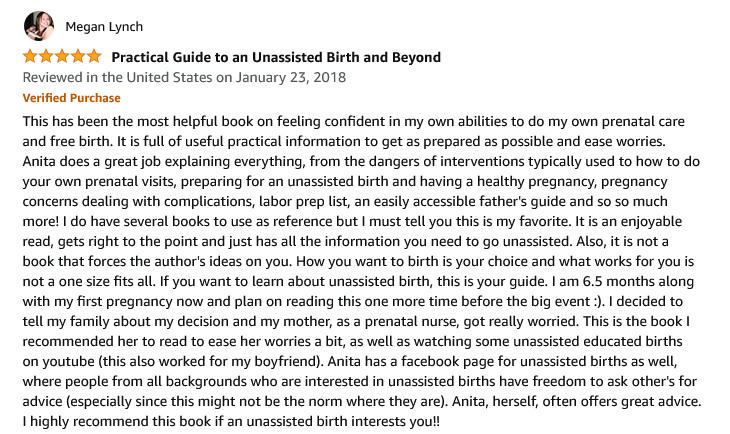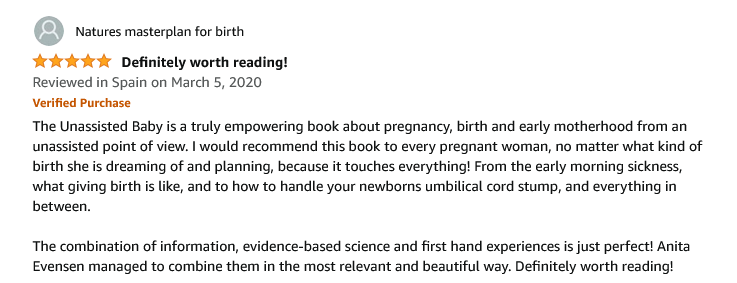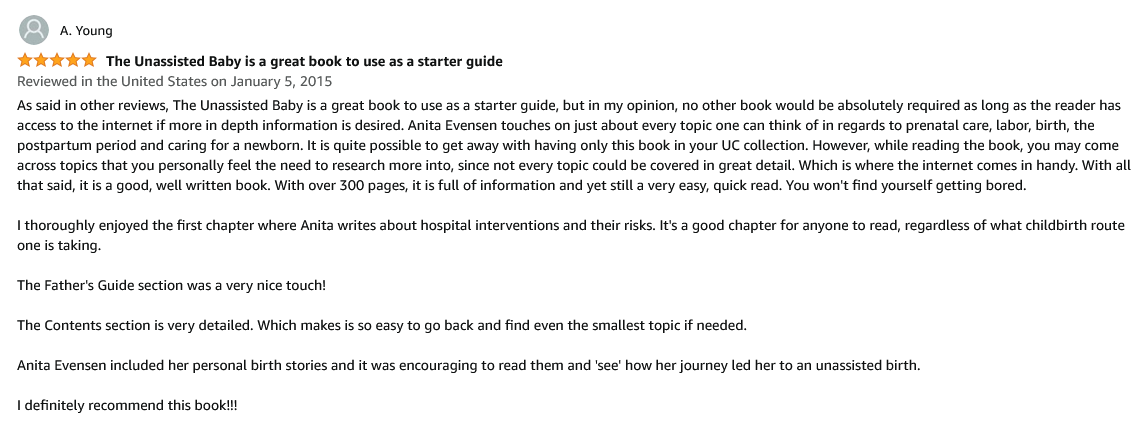Your Guide to Unassisted Childbirth
Pregnancy & Prenatal Care
Planning your peaceful birth starts with your pregnancy. Growing a baby safely doesn’t require a medical degree. You can even learn how to do your own prenatal care and track baby’s growth.
Labor & Childbirth
What can you expect during labor and childbirth? First, you need a basic understanding of the process to better prepare for your birth, prevent complications, and feel empowered.
FAQs
Everything You Need to Know about Unassisted Childbirth
What Is an Unassisted Childbirth?
Unassisted childbirth happens when a mother gives birth without being attended by a medical professional.
How Do You Cope with Labor Pains?
The interesting thing about the sensations during labor is that they’re not painful to everyone. But there are some techniques to help you cope with any pain you experience.
What Happens If You Go Past Your Due Date?
On average, pregnancy length is between 37 or 38 and 42 weeks. But due dates are just guess dates.
How Do You Get a Birth Certificate after an Unassisted Birth?
You’ll have to go to your local Office of Vital Statistics or Health Department, the same place you’d order a birth certificate.
How Do You Assist a Woman in Childbirth?
A laboring woman needs very little physical assistance. Her body is meant to give birth, and it will do so regardless of your involvement.
What Should You Do about Prenatal Ultrasounds?
Beverly Beech, a birth activist, summed it up neatly when she said “The routine use of ultrasound in pregnancy is the biggest uncontrolled experiment in history”.
How Do You Prepare for a Homebirth?
Homebirth preparation include everything from buying the supplies, knowing how to use them when the time comes, and getting your home ready for your baby.
Isn't It Dangerous to Give Birth Unassisted?
Giving birth unassisted is no more dangerous than giving birth any other way. In fact, it’s probably less dangerous.
What Is the Ideal Position for a Laboring Woman?
Most experts agree that lying on your back is not a good birthing position. During labor, most women will switch positions frequently if left to their own devices.
About Us
My Personal Experience
I believe that birth is not a medical emergency. On the contrary, giving birth at home is the calmest and most peaceful way to greet your newborn baby.
I have personally experienced three different types of birth. My first child was born at the hospital with Pitocin, an epidural, and the whole nine yards. Baby #2 was born at a birth center in a tub with the help of a midwife. My third, fourth, and fifth babies were born at home unassisted, with only my husband present. My unassisted homebirths were by far my favorite births.
After my first unassisted birth, I decided to write about my experiences. That’s how “The Unassisted Baby” was born. While I provide resources in my book and on my website, I want to encourage you to research pregnancy and childbirth on your own. Your decision on how to give birth should be an informed choice.
